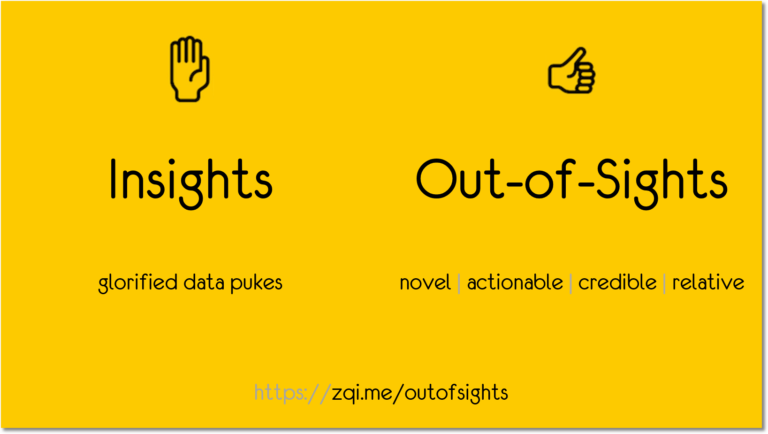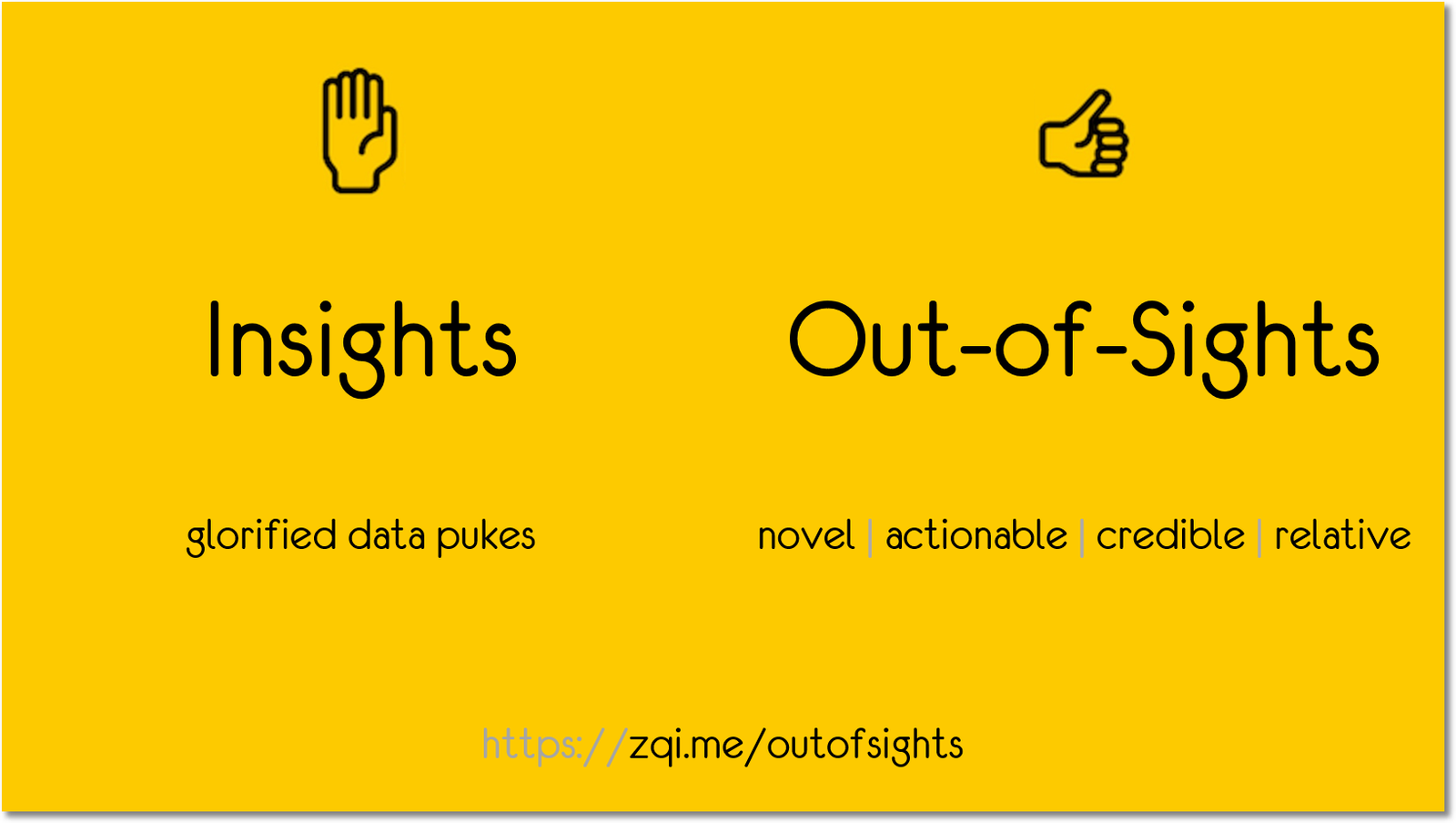Introduction
In today’s data-driven world, businesses are constantly striving to gain a competitive edge through data analysis and insights. However, merely relying on conventional insights may not be enough to stay ahead in a rapidly evolving landscape. Instead, forward-thinking organizations are embracing a new approach – seeking “out-of-sights.” In this article, we explore the concept of out-of-sights, its advantages, and how it can lead to success in the realm of data-driven decision-making.
The Limitations of Traditional Insights
Conventional data insights involve analyzing historical data to gain valuable information about past trends and patterns. While such insights can provide a valuable understanding of past performance, they may not be sufficient for anticipating the future or detecting emerging opportunities or threats.
1. Reactive Decision-Making
Relying solely on insights from historical data can result in reactive decision-making. Businesses may find themselves responding to past events rather than proactively anticipating and shaping the future.
2. Blind Spots
Insights derived from historical data may have blind spots, overlooking potential game-changing developments that lie outside the scope of past trends.
3. Competing on the Same Playing Field
When businesses rely on conventional insights, they often end up competing with others who are analyzing the same historical data. This can lead to a lack of differentiation and a crowded marketplace.
Embracing Out-of-Sights
Out-of-sights refer to data and insights that lie beyond the usual sources and scope of analysis. It involves exploring unconventional datasets, tapping into emerging technologies, and thinking outside the box to uncover hidden opportunities and trends.
1. Anticipating the Future
Out-of-sights allow businesses to move beyond reactive decision-making and anticipate future trends, giving them a competitive advantage.
2. Discovering New Opportunities
By exploring non-traditional data sources, businesses can uncover new and untapped opportunities, creating blue oceans where competition is limited.
3. Driving Innovation
Out-of-sights can spark innovation by inspiring businesses to experiment with cutting-edge technologies and unconventional approaches.
Leveraging Out-of-Sights for Success
1. Embrace Emerging Technologies
Adopt and invest in emerging technologies such as artificial intelligence, machine learning, and blockchain, which can provide novel insights from diverse data sources.
2. Analyze Alternative Data
Explore alternative data sources, such as social media sentiment, satellite imagery, or Internet of Things (IoT) data, to gain unique perspectives and insights.
3. Foster a Culture of Innovation
Encourage a culture of innovation and experimentation within the organization. Provide teams with the freedom to explore unconventional ideas and data sources.
4. Collaborate and Network
Collaborate with external partners, startups, and research institutions to access a broader pool of data and expertise, expanding the scope of analysis.
Conclusion
While traditional data insights continue to play a valuable role in business decision-making, they may not be sufficient in today’s fast-paced and dynamic environment. Embracing out-of-sights, which involve seeking unconventional data sources and exploring emerging technologies, can provide businesses with a fresh perspective and a competitive advantage.
By daring to venture beyond historical data and conventional analysis, organizations can unlock hidden opportunities, anticipate future trends, and drive innovation. In the data-driven era, saying no to insights and yes to out-of-sights may well be the key to winning and thriving in a rapidly changing world.






